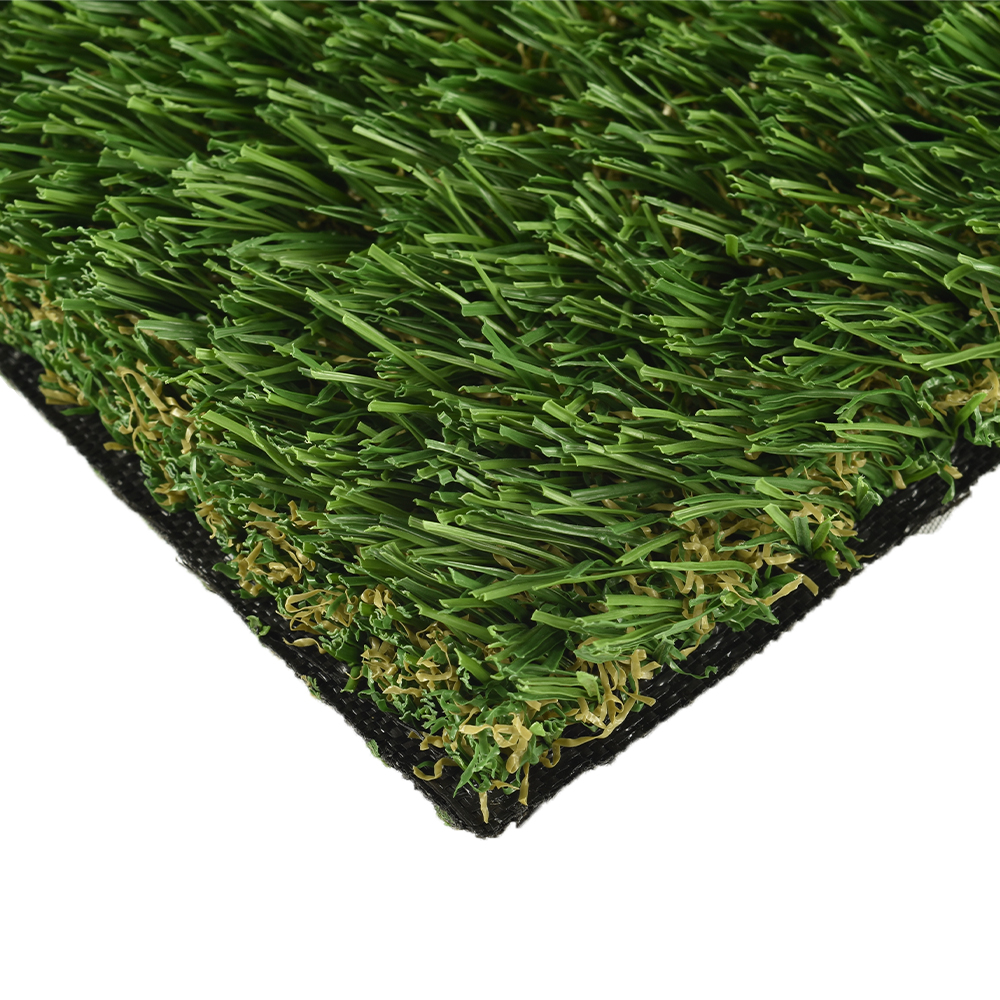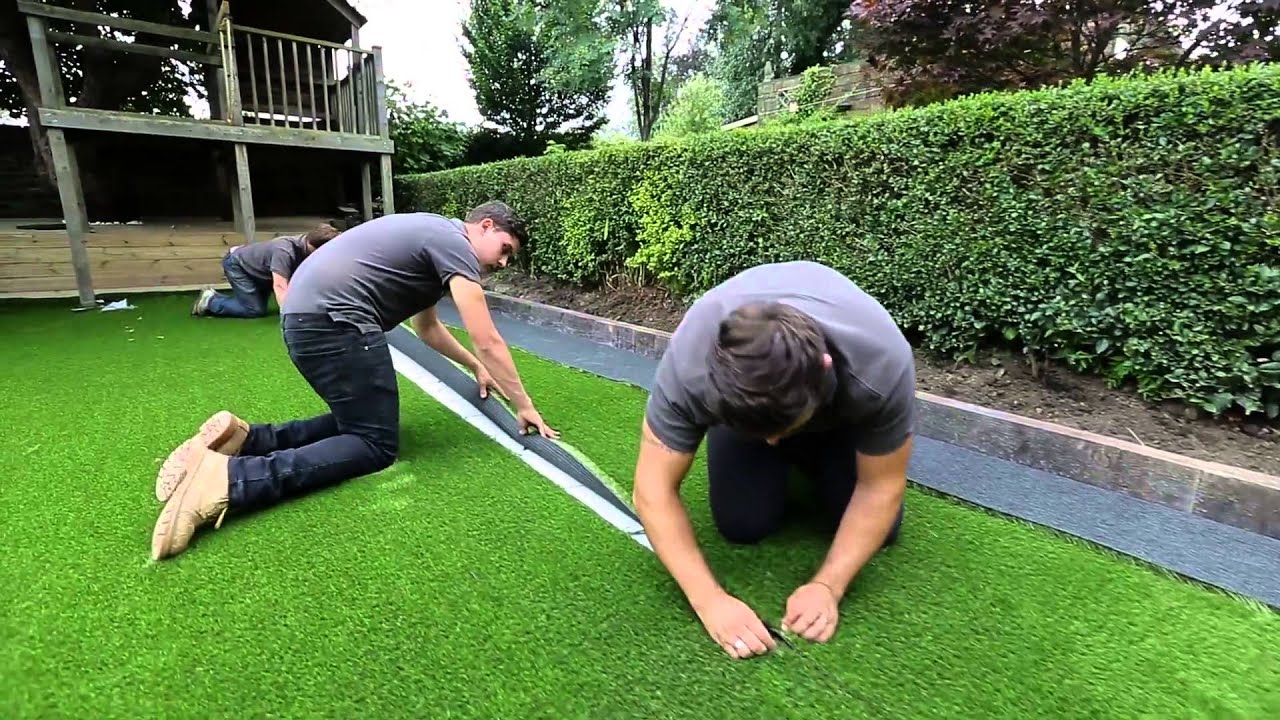Long-Lasting Arizona Artificial Turf for Residential and Commercial Applications
Wiki Article
Look Into the Environmental Perks of Opting for Synthetic Grass Solutions
The adoption of synthetic grass services offers a compelling chance to resolve pushing environmental challenges. By substantially decreasing water usage and decreasing the application of harmful chemicals, these choices not only advertise sustainable landscaping however likewise protect regional communities. The reduced carbon footprint associated with decreased upkeep activities adds to a more lasting approach to land management. The implications of these advantages expand beyond simple preservation efforts, increasing inquiries about their long-lasting influence on environment preservation and general eco-friendly balance. Checking out these measurements discloses a complex interplay worth taking into consideration.Water Conservation Conveniences
One of the most considerable advantages of artificial lawn is its capacity to save water. In contrast, artificial turf does not require watering, substantially minimizing the general demand for water resources.By getting rid of the demand for normal watering, fabricated lawn adds to lasting landscape methods and aids alleviate the environmental effect of excessive water intake. In addition, the conservation of water reaches the reduction of overflow, which can lead to dirt disintegration and waterway air pollution.
Additionally, the installment of artificial grass permits house owners and districts to assign water sources more effectively, concentrating on important usages such as alcohol consumption water and agriculture. The shift towards synthetic grass not only advertises liable water usage however additionally aligns with wider ecological objectives targeted at preserving natural deposits.
As neighborhoods significantly focus on sustainability, the water preservation advantages of artificial turf provide a compelling situation for its fostering in commercial and domestic landscaping jobs.
Lowered Chemical Use
The transition to artificial grass dramatically lowers the dependence on chemical therapies generally made use of in natural turf maintenance. Conventional turf administration normally entails the application of fertilizers, pesticides, and herbicides to advertise growth and control insects. These chemicals can position dangers to human health, neighborhood wildlife, and the environment, contributing to dirt and water contamination.In contrast, fabricated grass eliminates the demand for these damaging substances. By lessening the launch of synthetic substances into the ecological community, synthetic lawn promotes much healthier dirt and water systems.
Furthermore, the lack of chemical runoff connected with synthetic grass installments helps secure neighborhood rivers from contamination, sustaining marine life and maintaining biodiversity. Arizona turf. As areas progressively focus on lasting methods, going with man-made lawn presents a feasible solution that aligns with environmental preservation objectives. Through this shift, homeowner can enjoy lush eco-friendly areas without endangering eco-friendly health, leading the way for a much more lasting future
Reduced Carbon Impact

In addition, the installation of man-made lawn can result in substantial water conservation. All-natural grass call for considerable amounts of water for irrigation, which not just contributes to the carbon impact connected with water extraction and treatment yet also strains regional water sources. On the other hand, synthetic grass requires marginal upkeep, requiring no watering, thus dramatically reducing water usage and its associated energy expenses.
Furthermore, the durability of synthetic grass adds to its reduced carbon impact. With a life expectancy of as much as 15 years or more, the requirement for constant substitutes is decreased, leading to less waste and reduced power consumption in manufacturing and throwing away typical turf alternatives. Overall, synthetic grass offers a lasting choice for environmentally conscious landscape design.
Environment Conservation
Environment conservation is an essential factor to consider in the argument over landscape design choices, especially when comparing synthetic grass to all-natural grass. Natural turf lawns often call for substantial maintenance, consisting of using pesticides, fertilizers, and herbicides, which can detrimentally affect regional environments. These chemicals can leach into the dirt and waterways, hurting indigenous vegetation and fauna and interfering with neighborhood habitats.
Fabricated turf eliminates the requirement for dangerous chemicals, therefore protecting nearby wildlife and maintaining the honesty of bordering ecosystems. The installation of synthetic grass can lead to the conversion of former turf areas into more biodiverse landscapes, such as pollinator yards or indigenous plant locations, which can sustain regional wildlife.
Eventually, the shift to synthetic grass not only conserves water This Site and reduces upkeep initiatives yet likewise promotes a more harmonious partnership in between human tasks and the native environment, promoting habitat preservation at the same time.
Long-Term Sustainability
Long-lasting sustainability is an important variable in examining the advantages of synthetic grass over typical lawn yards. Among one of the most significant advantages of artificial lawn is its longevity; it can last up to 15-20 years with marginal maintenance, whereas natural yard needs frequent reseeding and substitute. This durability reduces the demand for constant sources, such as water, fertilizers, and chemicals, which are crucial for preserving a healthy yard lawn.In addition, man-made turf adds to a decrease in carbon emissions connected with lawn care tools. Standard lawns often need gas-powered mowers, leaners, and blowers, all of which add to air pollution. Arizona artificial turf. In contrast, synthetic grass eliminates the requirement for such equipment, advertising a cleaner atmosphere
In addition, the production of fabricated grass increasingly makes use of recycled products, enhancing its sustainability account. As manufacturers adopt eco-friendly methods, the ecological footprint of synthetic grass continues to lessen.

Final Thought
The fostering of synthetic grass solutions offers considerable ecological advantages, consisting of considerable water conservation, lowered reliance on hazardous chemicals, and a reduced carbon footprint. Fabricated grass help in preserving all-natural environments by reducing land disruption and promoting long-lasting sustainability via the use of long lasting materials. Collectively, these variables highlight the possibility of synthetic grass to add positively to ecological wellness and provide a sensible alternative to typical landscaping methods in an increasingly resource-conscious globe.In comparison, synthetic grass does not need watering, substantially decreasing the general need for water sources. By minimizing the launch of synthetic compounds right into the ecological community, artificial lawn promotes healthier dirt and water systems.
Furthermore, the setup of fabricated lawn can result in considerable water preservation. In contrast, fabricated lawn needs very little maintenance, calling for no watering, thereby considerably decreasing water use and its connected power costs.

Report this wiki page